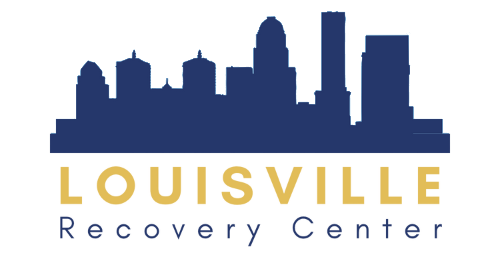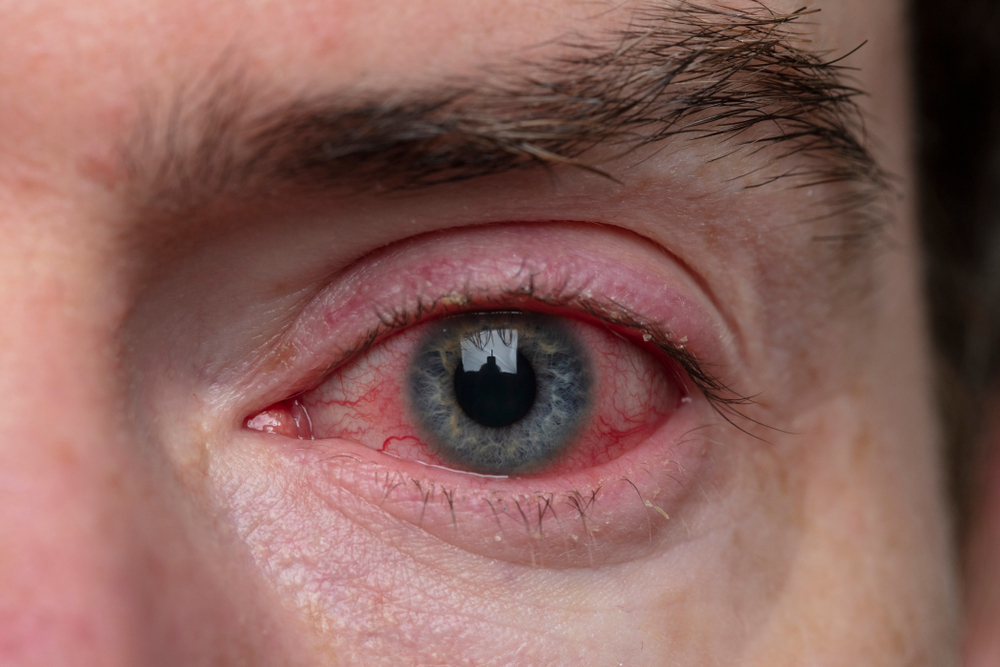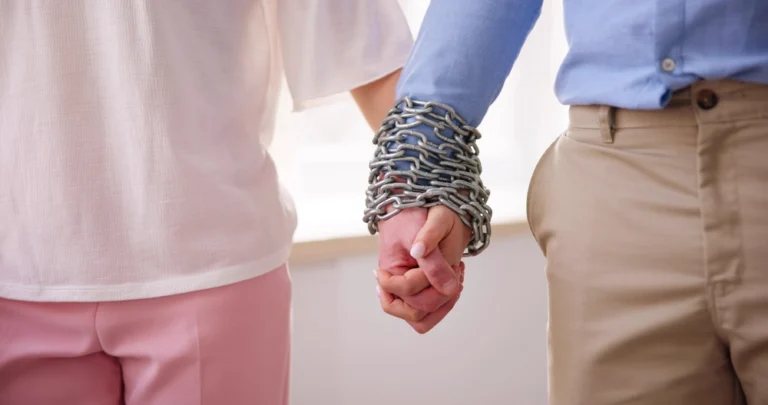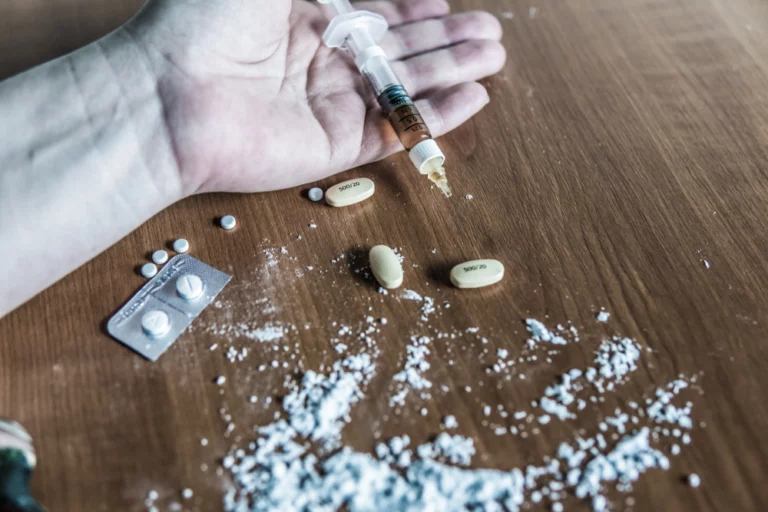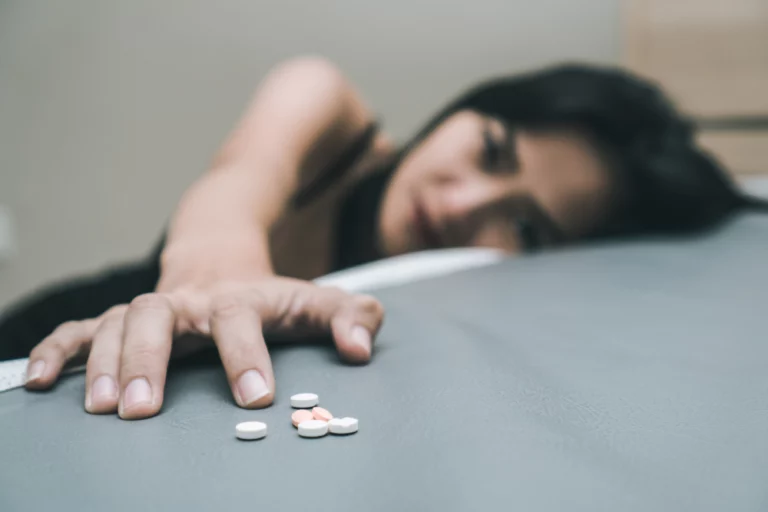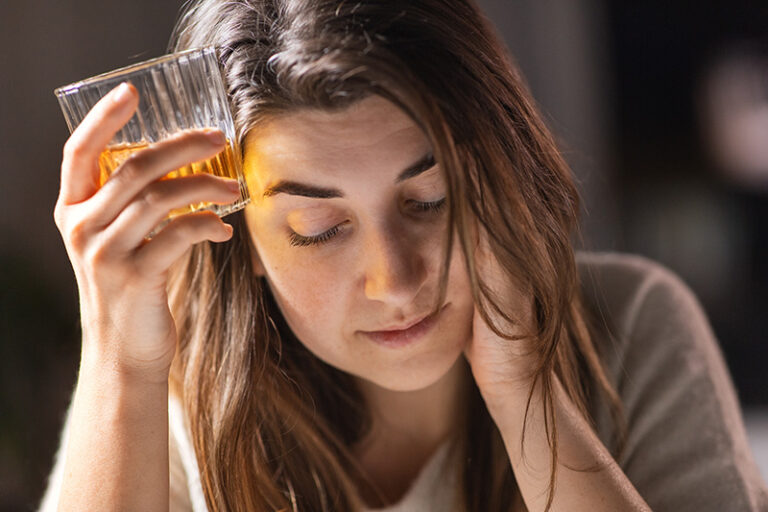Weed Eyes & Other Side Effects of Marijuana
Weed eyes can be an annoying side effect of marijuana and a telltale sign someone has smoked cannabis or eaten an edible. However, bloodshot eyes aren’t the only side effect of cannabis. This brief article explains what causes red eyes when you smoke cannabis, other lesser-known side effects of marijuana, other drugs that can affect your eyes, and some helpful resources for those struggling with marijuana addiction.
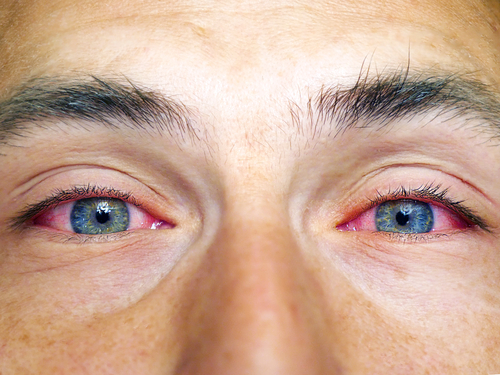
What Are Weed Eyes?
Weed eyes, or “stoned eyes,” refer to dilated or pinpoint pupils, bloodshot or water eyes, and rapid or controllable eye movement after smoking weed, eating an edible, or ingesting cannabis in any form. It also depends on the amount of THC since more potent strains of cannabis can make your eyes redder and last longer than usual.
Weed eyes usually last one to four hours after cannabis use, depending on an individual’s genetics, metabolism, and tolerance to marijuana. Smoking marijuana causes THC to enter your bloodstream faster than edibles, which is why people who eat edibles don’t notice bloodshot eyes until 30 minutes to an hour later.
Even though weed eyes are not dangerous, most people use eye drops to clear their eyes and reduce redness to avoid any obvious signs they’ve been smoking. However, most people believe it’s the smoke that causes redness, but it’s the same reason some individuals can feel dizzy: vasodilation.
Read more: Is THC A Depressant? How It Affects Mental Health & More
Why Does Marijuana Cause Red Eyes?
Marijuana causes red eyes because THC (tetrahydrocannabinol) reduces your blood pressure, which causes your capillaries (the blood vessels in your eyes) to dilate. As your blood vessels dilate, the amount of blood flow to and in your eyes increases, and your intraocular pressure, which controls liquid pressure in your eyes, decreases.
This is why medical marijuana is prescribed to patients with glaucoma, which can cause blindness in individuals with high blood pressure in their eyes. However, one study found that lifetime heavy cannabis use is linked to decreased blood pressure, diastolic blood pressure, and pulse pressure, which have been linked to an increased risk of cardiovascular disease in men. Another study found that heavy cannabis use slows the functioning of retinal ganglion cells, which impacts how quickly your eyes process and perceive visual information.
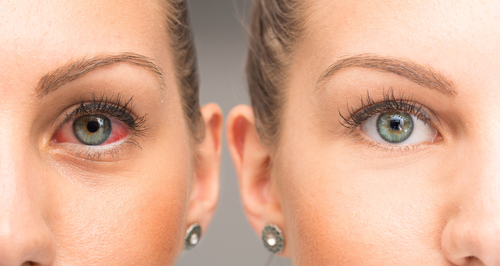
Other Drugs That Affect Your Eyes
Cannabis isn’t the only substance that affects your eyes after use. Dilated pupils, constricted pupils, and bloodshot eyes are common side effects of various substances. Substances that cause pupil dilation include:
- MDMA (Molly/Ecstasy)
- LSD
- Psilocybin
- Opioids such as fentanyl and hydrocodone
- GHB
- Methamphetamine
Substances that cause your pupils to constrict or become pinpoint include
- Cocaine
- Oxycodone
- Fentanyl
Substances that cause bloodshot eyes include
- Alcohol
- Cocaine
Other Side Effects Of Marijuana
Weed eyes aren’t the only side effect of marijuana. Smoking marijuana affects both your physical, mental, and cognitive abilities, including:
- Changes in how your senses work, like seeing more vivid colors
- Feeling like time is moving differently
- Shifts in your mood
- Trouble moving your body properly
- Finding it hard to think and solve problems
- Short-term memory loss
- Difficulty with breathing
- Your heart rate is increasing
- Feeling sick and throwing up
- A faster heart rate
- High blood pressure
- Hallucinations (rare)
- Delusions (if you take a lot)
- Derealization or a risk of losing touch with reality (especially if you use strong cannabis consistently)
Heavy and long-term cannabis use can sometimes lead to cannabinoid hyperemesis syndrome, which involves cycles of extreme nausea, vomiting, and dehydration, which sometimes requires emergency medical care.

How Addiction Treatment Can Help Marijuana Abuse
If you’re smoking more than usual or need marijuana to function with day-to-day tasks, you might have marijuana use disorder. Even though it’s not physically addictive, individuals can still have difficulty quitting or staying on track with their tolerance break or recovery plan. Signs you need help with marijuana abuse include:
- You think about and crave marijuana frequently.
- You spend most of your time either smoking marijuana or dealing with its effects.
- You’ve given up activities you used to enjoy.
- You only want to be around people who use marijuana.
- You feel bad, like anxious or angry, when you’re not using marijuana.
- You spend a lot of time trying to get more marijuana.
Marijuana addiction treatment involves behavioral therapy to help individuals overcome the psychological dependency since marijuana isn’t physically addictive but can cause people to rely on its calming effects to feel relaxed in everyday situations, like work, school, and social events.
Marijuana addiction isn’t as severe as other substance use disorders like alcohol or opioids, so individuals don’t usually need to spend time in an inpatient addiction center. However, an outpatient treatment program can help individuals with the day-to-day feelings of cannabis recovery without staying overnight at a facility.
Read more: Hashish Vs. Weed: Which Is More Addictive?
Contact Louisville Recovery Center
If you or someone you know is struggling with marijuana abuse, contact Louisville Recovery Center. Our outpatient addiction treatment program is perfect for those who want to overcome marijuana abuse and find true wellness without the need for harmful substances. We also offer various experiential therapy methods, including equine, music, yoga, and meditation, to help individuals cope with sobriety and find useful coping skills to help with underlying mental health issues like anxiety, depression, and trauma. Don’t wait. Call today, and one of our admissions agents can answer any preliminary questions and give you a rundown of our facility.
